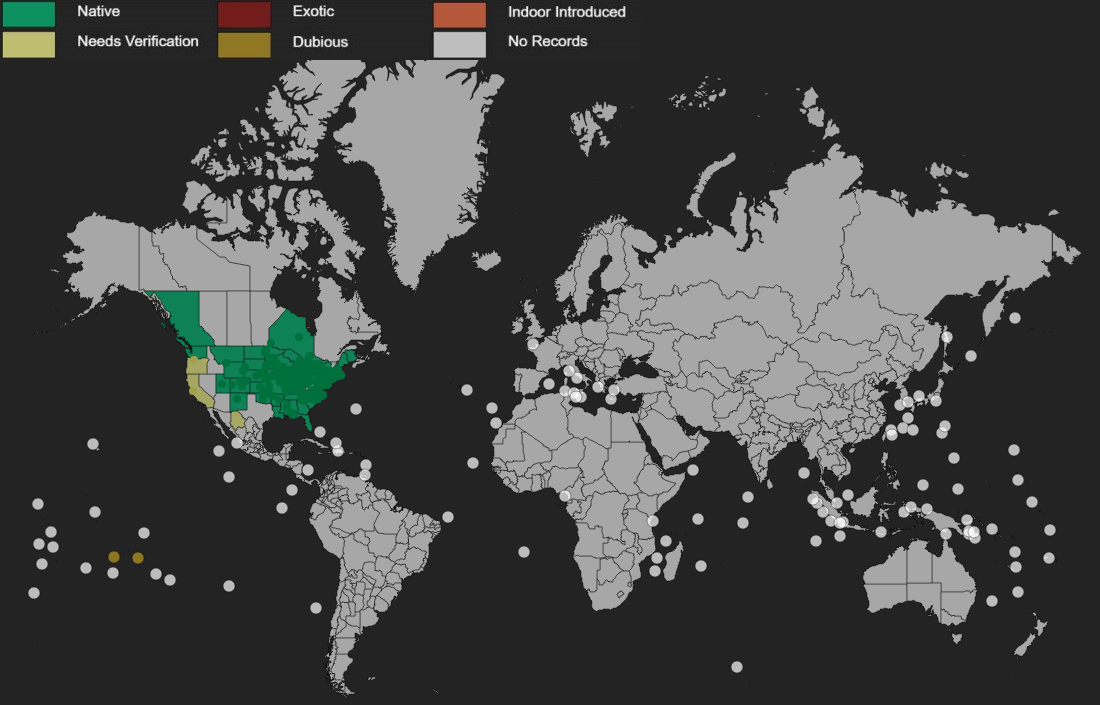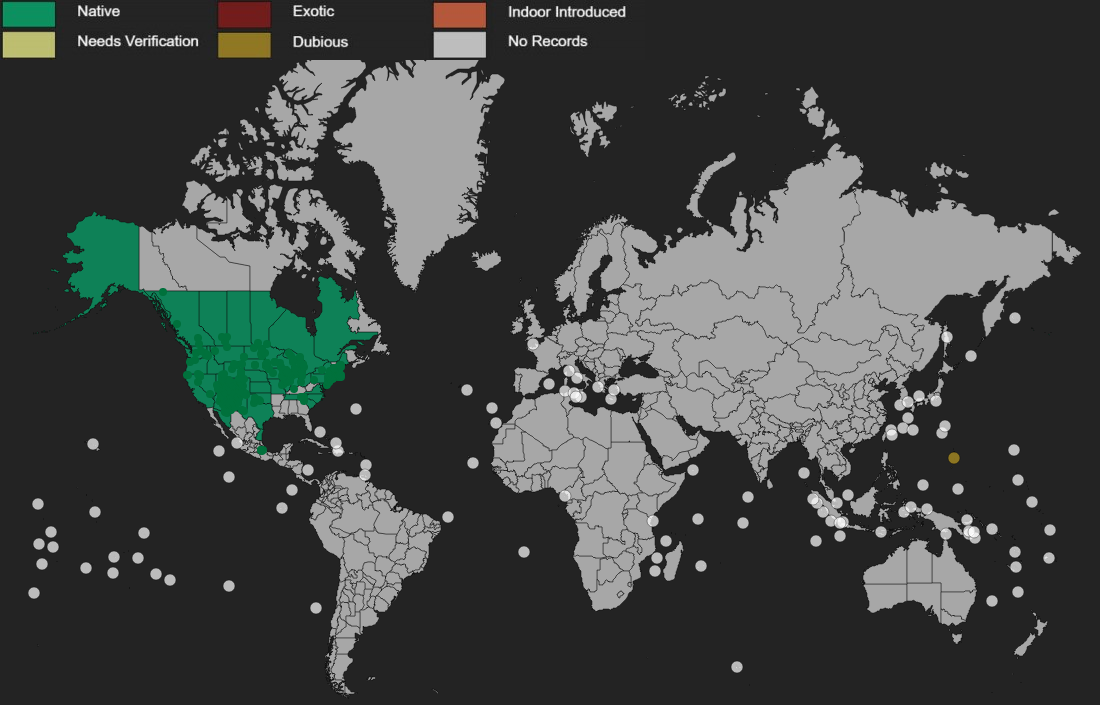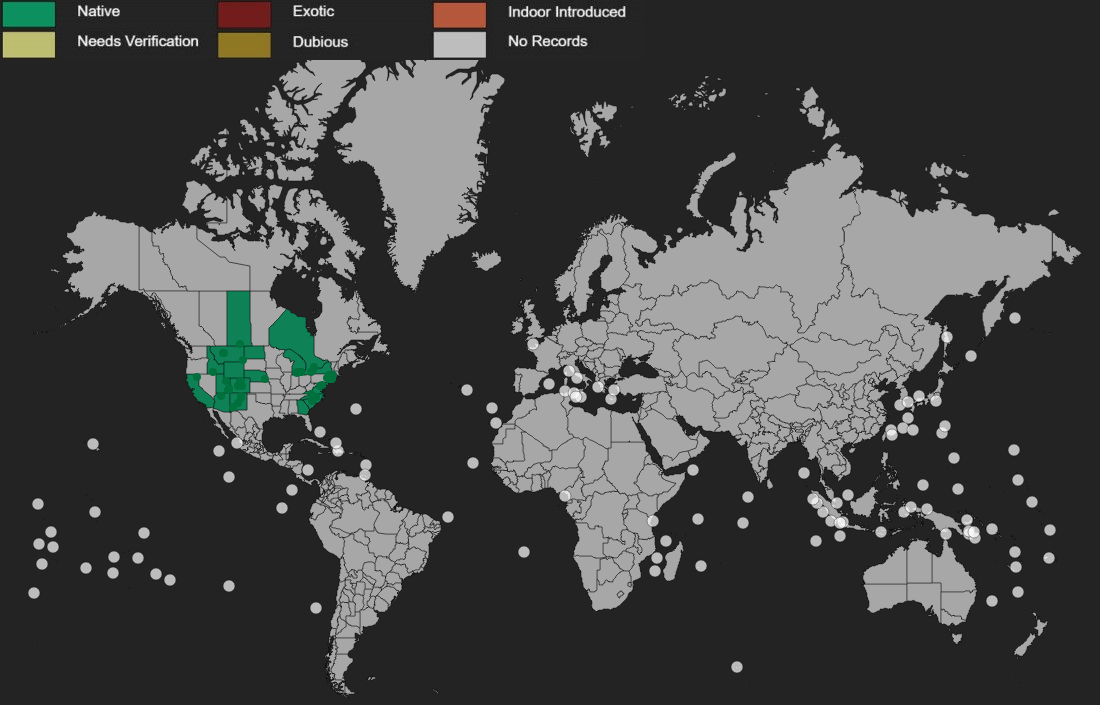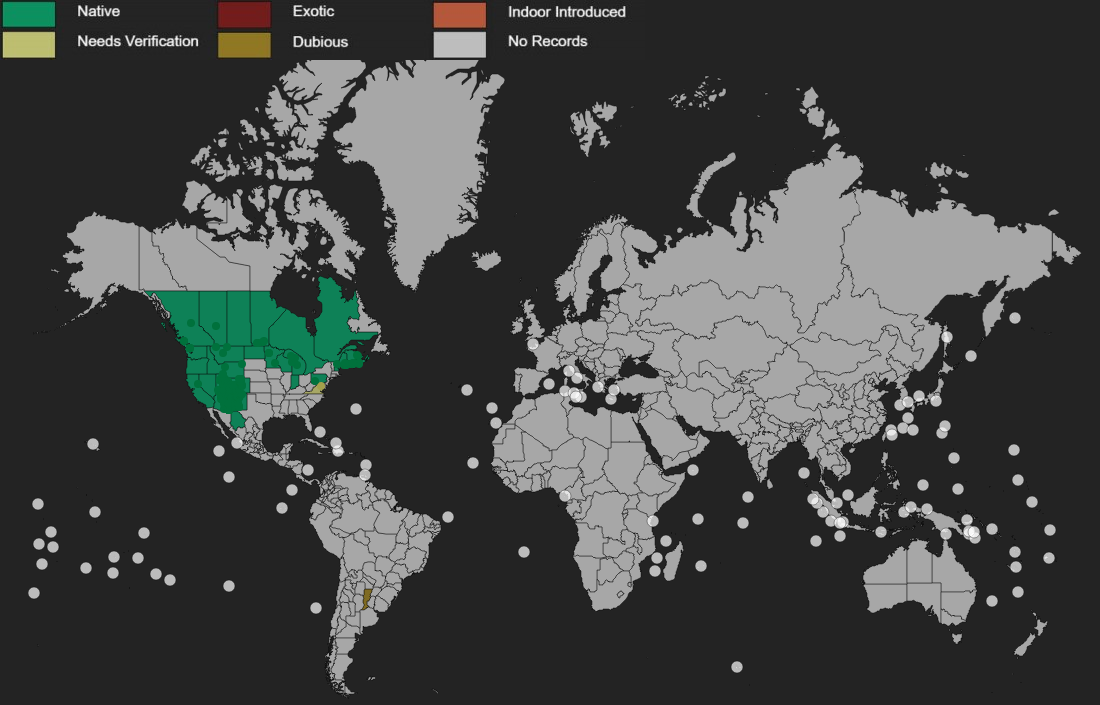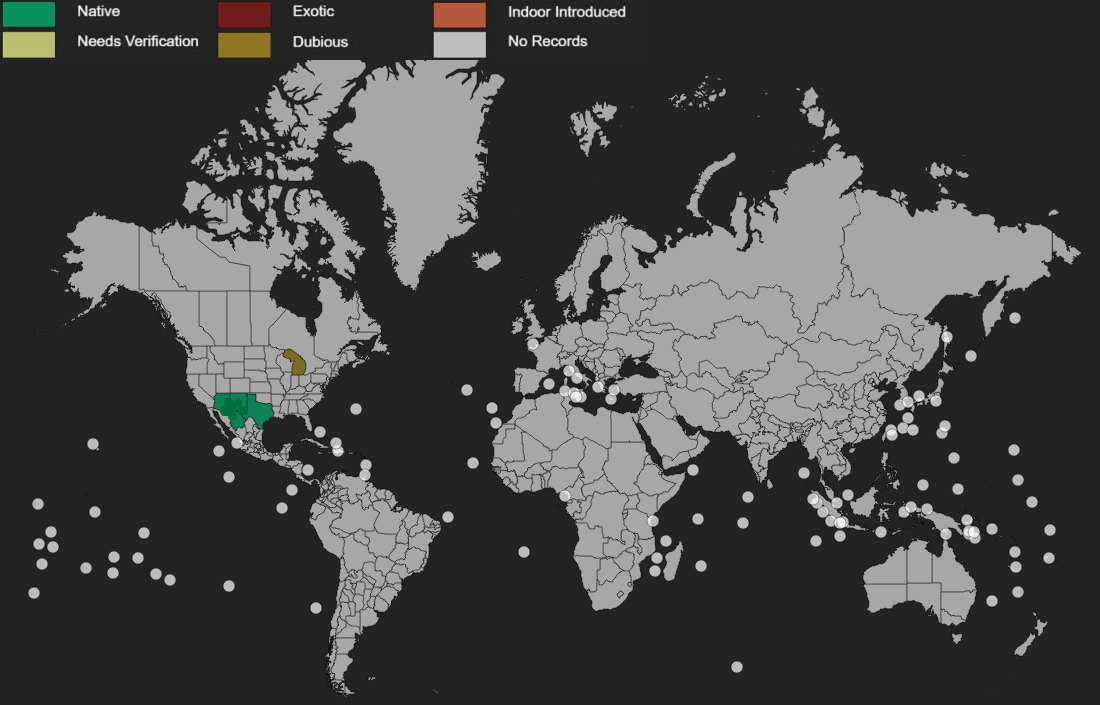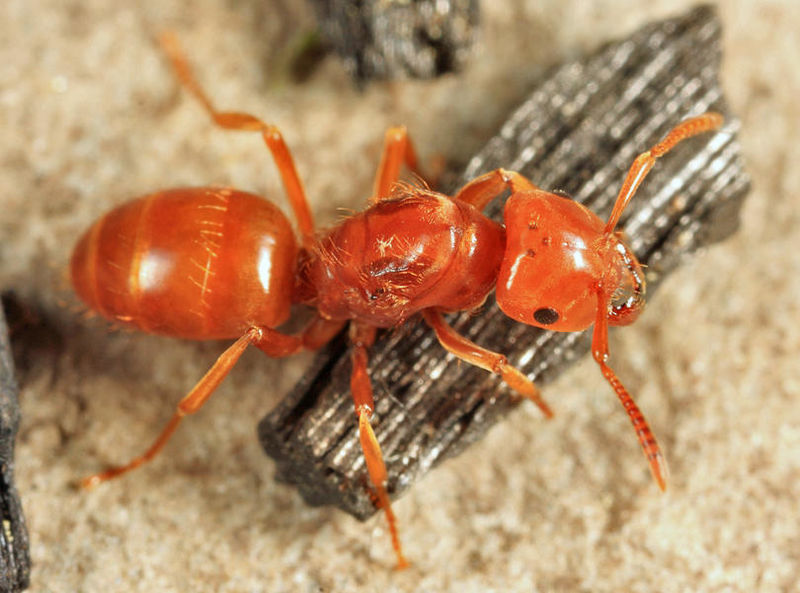Keys
Just a list of helpful keys (and related resources) in alphabetical order that I'll update over time. Feel free to make any suggestions.
A
Aphaenogaster
Key to Aphaenogaster species in the southeastern US
Especially helpful for the fulva-rudis-texana complex.
Review of the Aphaenogaster splendida Species-Group (Hymenoptera: Formicidae)
Includes a queen key!
C
Camponotus
Camponotus of the Eastern Seaboard | Worker Key
Cephalotes
A taxonomic study of the Brazilian turtle ants (Formicidae: Myrmicinae: Cephalotes)
Crematogaster
D
Dorymyrmex
Key to Dorymyrmex species in or possible in MS and AL
smithi should refer to medeis due to their ranges.
F
Formica
A tentative key to workers in the Formica sanguinea species group
Key to Nearctic Formica fusca group workers
Key to Nearctic species in the Formica rufa group
All included species are now members of the integra group.
Key to New England Formica
Key to US Formica pallidefulva group species
Which happens to be all of them.
G
Gnamptogenys
Additions to the taxonomy of Gnamptogenys Roger (Hymenoptera: Formicidae: Ectatomminae) with an updated key to the New World species
Includes all species that were included in the genus at the time of publishing; some are now placed in Alfaria, Holcoponera, and Poneracantha.
H
Hypoponera
Key to Hypoponera species in the southeastern United States
L
Lasius
Tentative Key to Nearctic Parasitic Lasius Queens
Currently incomplete, but covers most common ones with considerable orange coloration.
N
Nylanderia
Key to species of Nylanderia in the southeastern United States
P
Pachycondyla
The systematics and biology of the New World ants of the genus Pachycondyla (Hymenoptera: Formicidae)
Some species included in the keys have been moved to other genera, such as Neoponera.
Pheidole
Identifying Small Southeastern Pheidole species
Key to Pheidole crassicornis group
Key to Pheidole species in the southeastern United States
Includes this undescribed crassicornis group species.
Polyrhachis
Key to Polyrhachis of India
Key to Polyrhachis (Polyrhachis) species
Ponera
Key to Ponera species in the southeastern United States
Includes queens.
Proceratium
Key to Proceratium species in the southeastern United States
Pseudomyrmex
S
Solenopsis
Key to Solenopsis species in the southeastern United States
Strumigenys
T
Tetramorium
Key to Tetramorium species in the southeastern United States
Trachymyrmex
Key to US Trachymyrmex
Includes those now under Mycetomoellerius.





